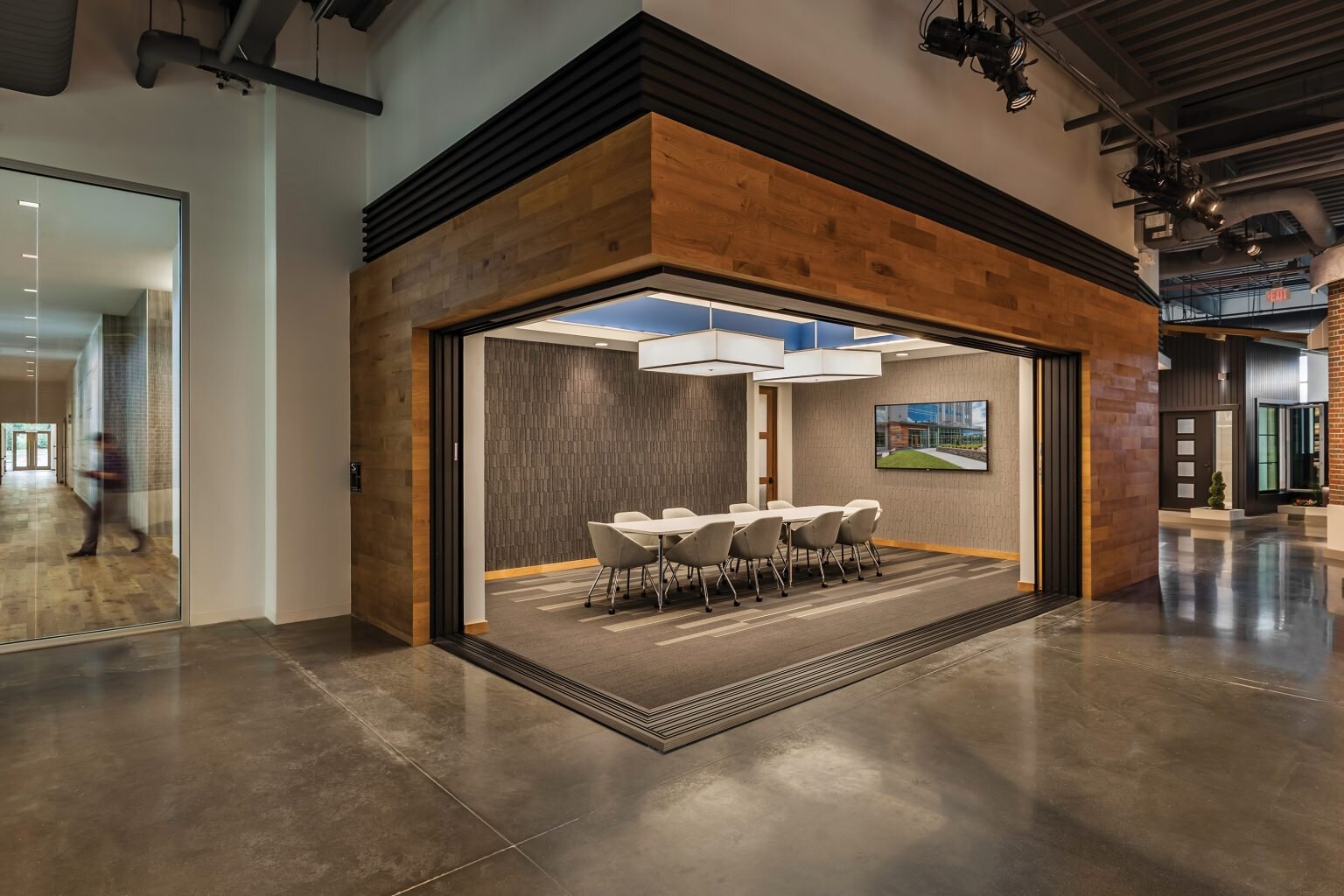Let There Be Work - Part 2
By Lee H. Skolnick, FAIA, Principal
“Your work is going to fill a large part of your life, and the only way to be truly satisfied is to do what you believe is great work. And the only way to do great work is to love what you do.”
In Part 1 of this post on WORK, I touched upon a variety of topics ranging from how our careers give our lives meaning to why the basic human need to work alongside others is so important. I also revealed how our unique design process has helped our corporate clients find the best way to tell their organizations’ stories. In Part 2, I’ll share some additional thoughts and insights from the past four decades of designing places to work.
You Never Give Me Your Money
At SKOLNICK, we are acutely aware of the major contributions to society that are made by not-for-profit organizations. Charities, foundations, agencies, quasi-governmental boosters, care givers, community resources and the like. We are constantly reminded that these entities, and the generous-hearted individuals who toil in and for them, often seem to work in environments that are less than conducive to mental and physical health, let alone any higher level of true satisfaction.
Along with the proverbial injustice of teachers and others whose work is critical to our well-being always being undervalued and underpaid, we find it unconscionable that they are often expected to work in sub-standard environments. Our response has been to offer help in the only way we know how: we try to take on one or more pro bono design assignments at a time in order to elevate the quality of their places of “business” and thereby at least partially offer them parity with their for-profit brothers and sisters.
STRIVE International Headquarters (Photo by Jon Wallen)
A Rose By Any Other Name
Let’s not forget that places of work come in many shapes, sizes, and colors. Of course, there are offices (although even they might occupy anything from someone’s basement or garage to an old industrial building or a hermetically sealed glass tower.)
Jeld-Wen Headquarters (Photo by Rebecca Lehde)
But we have also designed factories, company headquarters, showrooms, corporate museums, visitor centers, trade show booths, performance spaces, schools, hospitals, libraries, recording studios, resorts, and more. People work in all these places and those places of work demand individualized solutions particularly suited to their specific circumstances. In other words, “all the world’s a workplace”, and every one of them deserves to be somewhere that nurtures, enlightens, and inspires.
Hassenfeld Children’s Hospital at NYU Langone Health (Photo by Michael Moran/OTTO Archive)
It Takes A Village
Many of the positive qualities that are described in the foregoing sections are actually components of one overriding characteristic: people want to feel like they belong to something bigger than themselves.
After all, once upon a time our ancestors existed as lone hunters, always moving and struggling to survive in a hostile environment. But at some point (or points) they realized that there was strength (and protection, and ultimately greater comfort and more meat) in numbers. As humans grouped together, cultivated the land and their own gregarious inclinations (even if these were fundamentally genetically linked to the survival of the fittest), they developed values, belief systems, creation myths and, yes, entrepreneurial enterprises.
Outdoor work areas at Aileron, The Center for Entrepreneurial Education (photos courtesy of Aileron)
Along with these gradually came specialization, hierarchical organizational structures, production quotas, financial projections, quantification, quality control, human resources, unions, OSHA regulations, marketing, and on and on. But despite the complexification and multi-headed and -layered monster that is the modern economic system, the simple fact is that contemporary society is intensely networked and interdependent. We work in our little (or bigger) bubbles, which are themselves neighborhoods or mini-communities, to which we bear a certain allegiance and derive self-identification. And those bubbles adhere to other bubbles at various levels and scales, to finally resolve into a veritable bubble bath, or star-studded galaxy, or amazingly functioning community of individual workers trying to make a living in our own type of hostile environment. And yet, despite a whole host of horrifyingly dysfunctional and unjust aspects of this global phenomenon, the machine keeps going. On at least some levels and in some ways, it works.
Concept Design for Corporate Technology Museum (Rendering by SKOLNICK)
Lucky for us, Mr. Jobs.
In the next part of this mini-treatise on WORK, I will offer a glimpse into where we see it going in the future. Stay tuned…..





